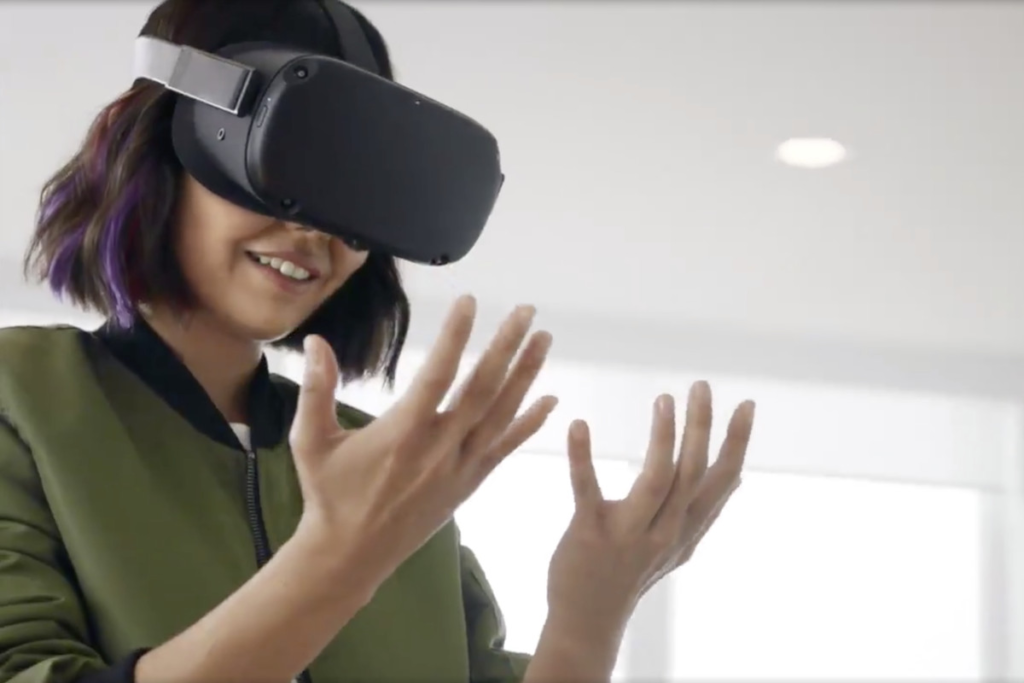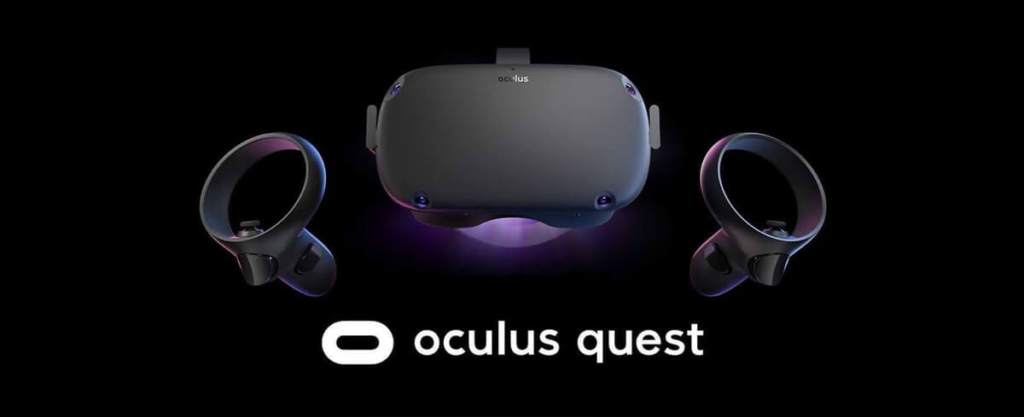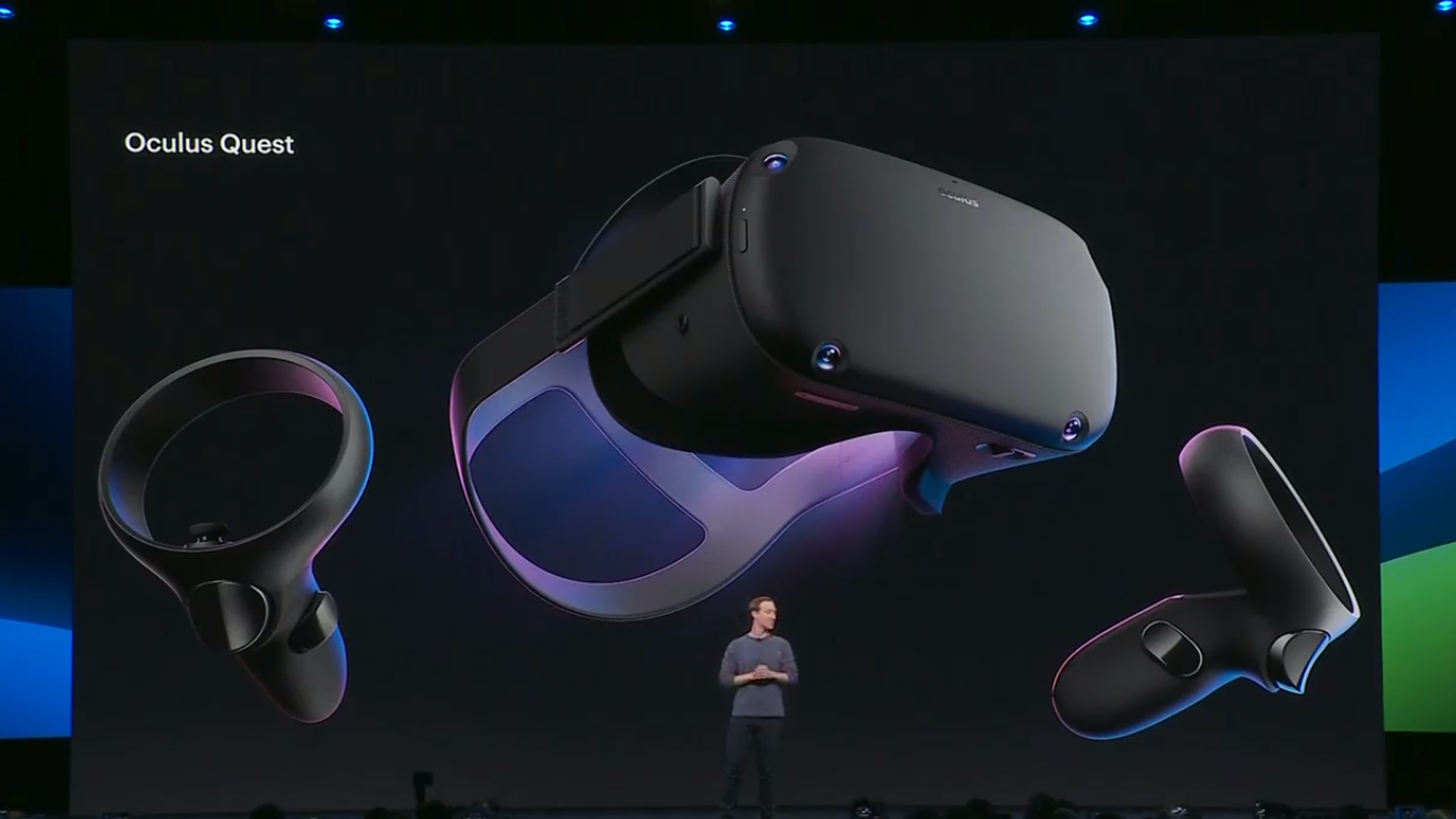The Oculus Quest could very well qualify as the only VR headset you will ever need. The headset is fully standalone, has an adequate battery life, runs high-end games, and can even plug into your PC for some great PC VR gaming. Late last year, Oculus added one more feature to that list, a feature that is still blowing customers away. Hand tracking is officially on the Oculus Quest.
Although this feature is exploratory for the time being, Oculus is working hard with developers to bring this to apps and games that can be approved for the Oculus Quest platform. If you haven’t used it yet, the headset only tracks your hands in Oculus-controlled environments. This means the menu and storefronts are the primary places to use hand tracking right now.

To help developers get ready for the opening of apps with hand tracking, Oculus has released a document names ‘Designing for Hands’ on their developer blog page. This is giving devs the chance to pick the Oculus brain a little more and see how they want users to interact with this new awesome feature.
“In these guidelines, you’ll find interactions, components, and best practices we’ve validated through researching, testing, and designing with hands. We also included the principles that guided our process,” the documentation says. “This information is by no means exhaustive, but should provide a good starting point so you can build on what we’ve learned so far. We hope this helps you design experiences that push the boundaries of what hands can do in virtual reality.”

This is one of the most useful pieces of advice Oculus has given devs. They are always trying to help out, but this is a very in-depth piece with specific guidelines for developers to work with.
They also remind us multiple times that “hands aren’t controllers.”
There is a lot to unpack inside of the document, and we won’t be doing it here. We will be highlighting some of the best parts of the article, but we won’t be putting their full explanation in the article. If that is something you are interested in reading, Oculus did a fantastic job of showing how to add more functionality to hands in a VR space.
In the ‘Interactions’ part of the guideline, you see Oculus show how each interaction should be handled. Obviously developers will have the freedom to choose how these go in their own apps and games, but the GIFs they use are a great showcase of interactions with hands.

The article states that devs should be focusing on hands being hands, not trying to replace a controller. “Instead, focus on the unique strengths of hands as an input and be aware of the specific limitations of the current technology to find new hands-native interactions. For example, one question we asked was how to provide feedback in the absence of tactility. The answer led to a new selection method, which then opened up the capability for all-new 3D components.”
Whether you are a gamer or a developer, or even both, everyone should check the document out. It will assist in many ways, and the knowledge being spread will only further the advancements of hands being hands in our virtual environments. For more VR news and community updates, make sure to check back at VRGear.com






























